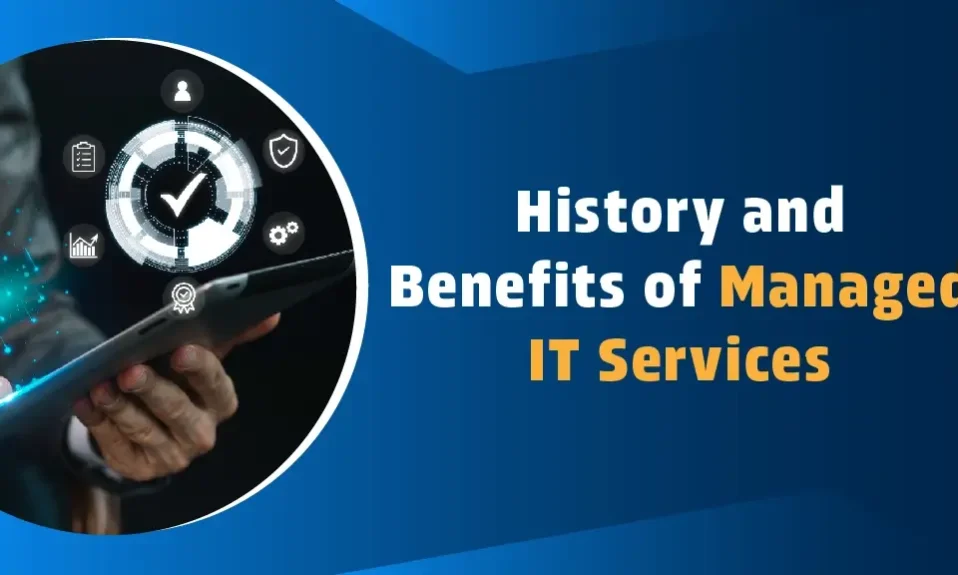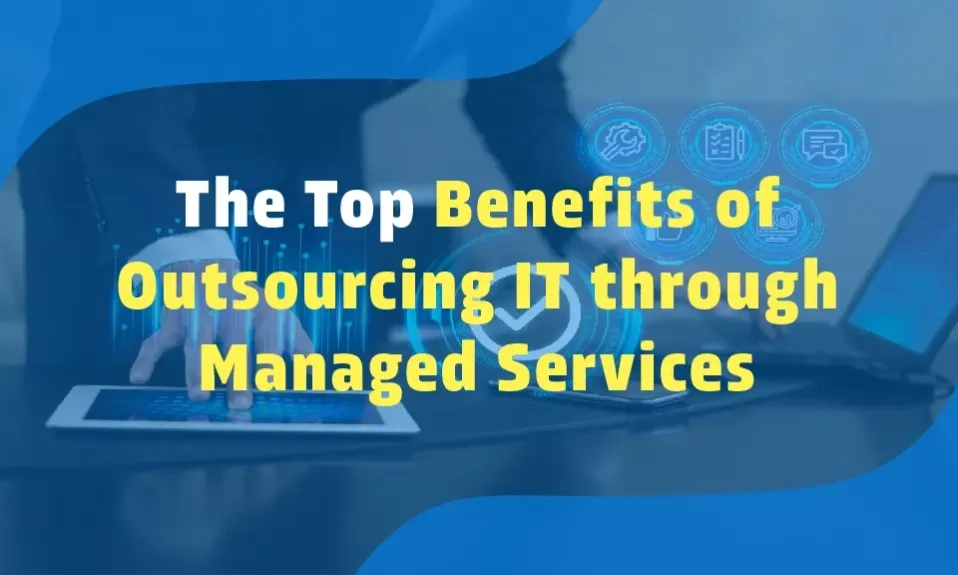History of Managed IT Services
At the outset of enterprise computing, information technology services and management was on a break/fix basis, meaning that computer systems were only managed by an expert when they did not work, necessitating a technician to fix it. This technician may also have been the person who built and/or installed the computer system, due to the proliferation of small IT shops that specialized in this small-scale client services at the time.
However, as time progressed computer manufacturing grew to large scale, leaving the small IT dealer to focus less on manufacturing and more on break/fix. This system was time consuming, labor intensive, costly and reactive. It did not allow the technician room to grow their business or take on new clients without massive investments in labor and infrastructure.
As computing devices increased yearly, the divide between break/fix technicians and the amount of computers they could reasonably service under the break/fix model grew wider and wider. Managed IT services emerged in the early years of the millennium to meet this need, shifting far from the break/fix model.
Managed IT services heralded a proactive approach to IT, attempting to conduct maintenance, upgrades, and system monitoring and issue resolution on a routine basis, with the goal of preventing problems before they started. Automation, increased Internet capabilities and cloud computing allowed for monitoring and issue resolution to be provided remotely, enabling more efficient processes and a consolidation of resources.
Efficiency, consolidated resources and client satisfaction, coupled with fixed rates, the ability to offer greater service offerings and take on a larger clientele led to managed IT services becoming the industry-standard approach to managing computer systems large and small for SMBs.
Benefits of Managed IT Services
Through outsourcing managed IT services, SMBs are able to reap the benefits of receiving IT support at a significantly reduced cost in comparison to creating a comparable team in-house. Additionally, MSPs can also offer a wealth of experience from actively managing multiple client accounts that in-house teams would not collectively have.
Additionally, by using MSP organizations are able to forecast their monthly, quarterly, and yearly expenditure on IT, and are freed from having to focus on this area of operational readiness. This allows SMBs to focus on growing their business without worrying about day-to-day IT issues or requirements.
Another benefit to managed IT services is a greater opportunity for security expertise and successfully enacted security policies. MSPs work with standards such as PCI compliance day in, day out, and should be able to steer your organization within the parameters and regulations it needs to adhere to. For some organizations, especially in finance, healthcare, educations, and other industries, this type of regulatory compliance is mandatory for the IT portion of their business, and requires the expertise and experience that a managed service provider can offer. MSPs can mitigate risk in this way while assuring that the experts in charge of your IT operations are always up to date on the latest information, technologies and processes that will keep your infrastructure working efficiently and successfully into the future.




